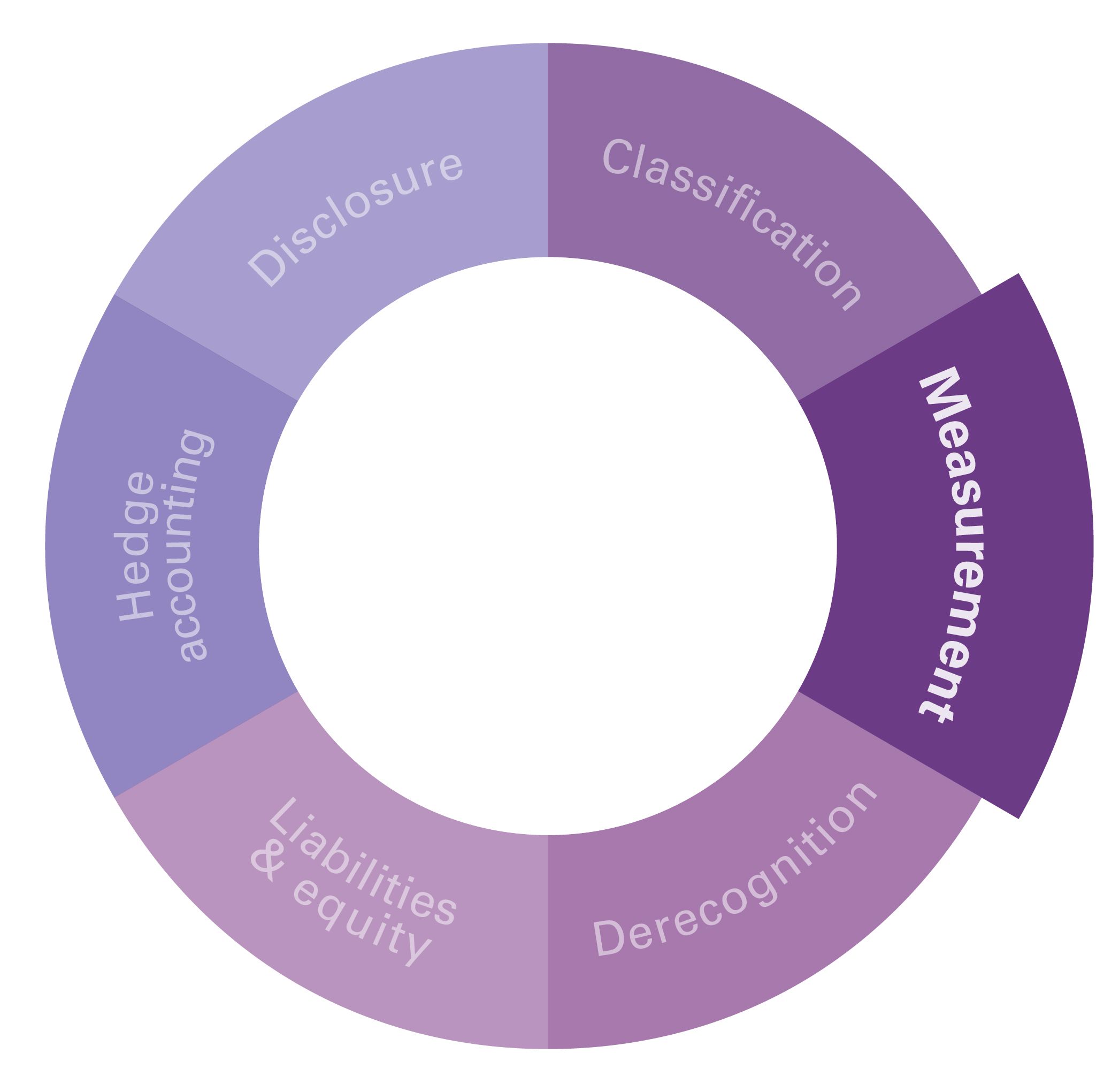AASB 9 FINANCIAL INSTRUMENTS Q&A SERIES
Loan renegotiations are regular occurrences however the accounting for these transactions can be complex. Here we explain what the accounting consequences are for a type of modification to a loan payable.

Scenario
Company P has a $10 million loan from a bank with the following key terms:
- 5 years remaining on the loan
- Fixed interest rate of 7% p.a.* (monthly interest of 0.583%)
- Monthly interest payments of $58,333 with $10 million principal due on maturity
- The loan can be repaid early at any time without significant penalty.
Company P successfully renegotiates the terms of the loan and the bank agrees to reduce the interest rate to the current market rate of 5% p.a. (monthly interest of 0.417%).
All other terms of the loan remain unchanged and the modification is non-substantial.
*Assuming no transaction costs or fees
QUESTION 1
Is there a profit or loss impact when a fixed rate loan payable is renegotiated?
Interpretive response
In this scenario, no. As Company P has the ability the prepay the loan without significant penalty, the loan can be viewed as being akin to a floating rate loan.
Company P chooses as its accounting policy, to be applied consistently, to treat the loan as a floating rate loan.
In accordance with this policy, Company P revises its original effective interest rate to 5% and uses this rate to discount the re-estimated contractual cash flows (based on the new contractual rate of 5%), resulting in no change in the carrying amount of the loan and therefore no gain or loss.
QUESTION 2
What if Company P elects to treat this as a fixed rate loan?
Interpretive response
Company P recalculates the carrying amount of the loan to be $9,158,300 by discounting the revised contractual cash flows (based on the new contractual rate of 5%) using the original effective interest rate of 7%. The change in the carrying amount of $841,700 ($10,000,000 less $9,158,300) is recognised immediately as a gain in profit or loss.
Company P continues to recognise interest expense over the remaining term based on the original effective interest rate of 7%.
Getting technical
In accordance with AASB 9, if the exchange or modification is not accounted for as an extinguishment (i.e. because the modification is non-substantial), then the amortised cost of the liability is recalculated by discounting the revised estimated future cash flows at the instrument’s original effective interest rate or, when applicable, the revised effective interest rate.
The original contractual terms may facilitate a repricing of an otherwise fixed interest rate (or an otherwise fixed component of an interest rate) to reflect a change in periodic market rates of interest, either because the lender has a right to demand immediate repayment without significant penalty, or because the borrower has an option to prepay without significant penalty (combined with its ability to obtain alternative financing at market rates from other possible lenders).
In these cases, it appears that the entity may choose an accounting policy, to be applied consistently, to revise the original effective interest rate based on the new terms, to reflect changes in cash flows that reflect periodic changes in market rates. The revised effective interest rate would then be used to discount the modified contractual cash flows for calculation of the modification gain or loss and for subsequent calculation of amortised cost.
[AASB 9 paragraphs 3.3.2, 5.4.3, B5.4.5 and B5.4.6]
Find out more
- How does a borrower account for a waiver of loan repayments?
- How does a borrower account for loan repayment holidays obtained during the COVID-19 pandemic?
- When do loan modifications result in derecognition?
- How do new costs and fees impact modification accounting?
- Does the effective interest rate change with non-substantial loan modifications?
- How does a borrower account for loan renegotiation costs?
- How are unamortised transaction costs accounted for on loan modification?
- What is the impact of modifying a floating rate loan?



